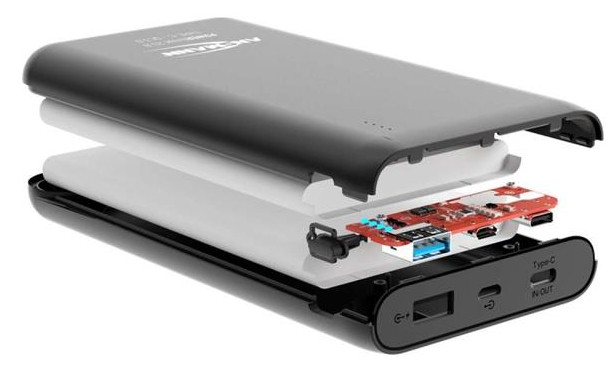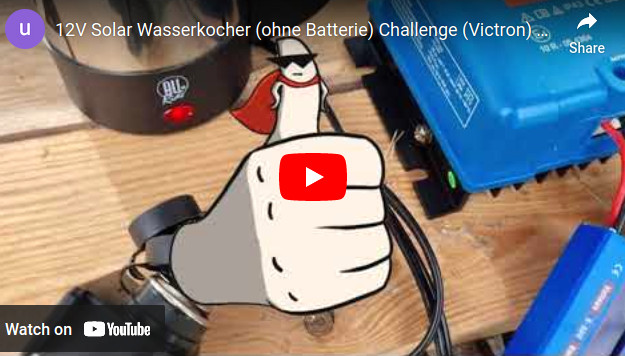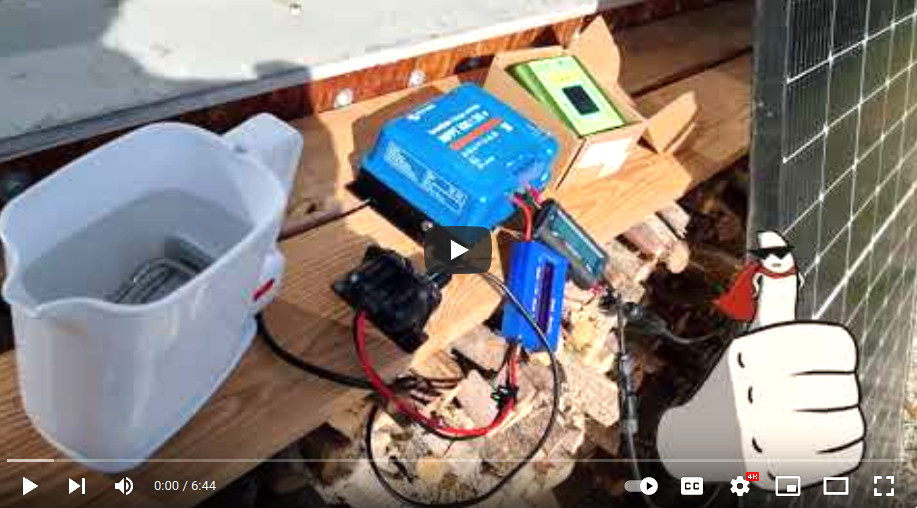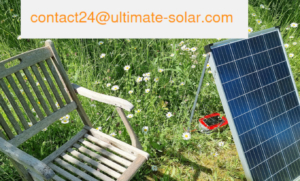have tested 10x of these this very basic powerbank since 6 months
none have failed or malfunctioned. 20.000mAh is “okay” to charge up a phone 3 to 4 times (which is not sooo much but given the price of below 30 Bucks this is still okayish, just buy two or three if you need more energy 😀)
What is interesting to see: that instead of a bundle of standard 18650 cells (welded together) ANSMANN is using flat polymer (Li-poly) batteries:
- “In comparison to liquid electrolytes and solid organic electrolytes, polymer electrolyte offer advantages such as increased resistance to variations in the volume of the electrodes throughout the charge and discharge processes, improved safety features. excellent flexibility and processability.” (Wiki)
- “Overall, lithium-polymer is slowly replacing lithium-ion in the smartphone industry due to its superior safety” (source)
- Safety & Reliability is also the No#1 priority at ultimate-solar.com
- no one wants a burning powerbank at home, in your pocket or on an aircraft (but it is STILL allowed to take powerbanks on flights)
- or they just might go up in flames in the middle of the night and set a house on fire as has happened in Austria
- while “DO IT YOURSELF” is great PLEASE REFRAIN FROM BUILDING A POWERBANK BECAUSE A LOT CAN GO WRONG! (including things that are not your fault, like bad BMS)
Ansmann Powerbank 20.8 Powerbank 20,000mAh Specifications
| CELL CHEMISTRY | Lithium polymer |
| VOLTAGE | 3.7 V |
| NOMINAL CAPACITY | 20000 mAh |
| PORTS | 2× USB |
| OUTPUT VOLTAGE | 5V DC |
| INPUT VOLTAGE | 5V DC |
| OUTPUT | 2× USB – 5V DC / 2,4 A |
| MAXIMUM OUTPUT CURRENT | 2.4 mA |
| ENERGY CONTENT | 77 Wh |



